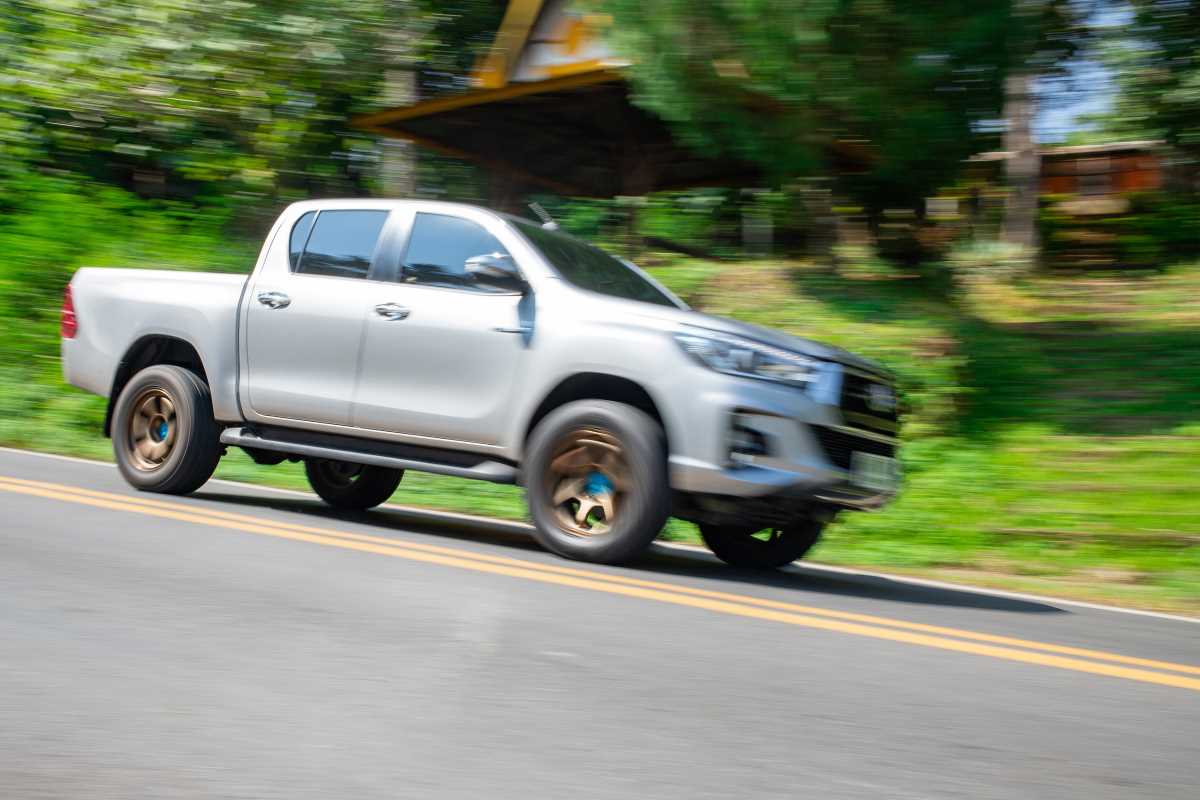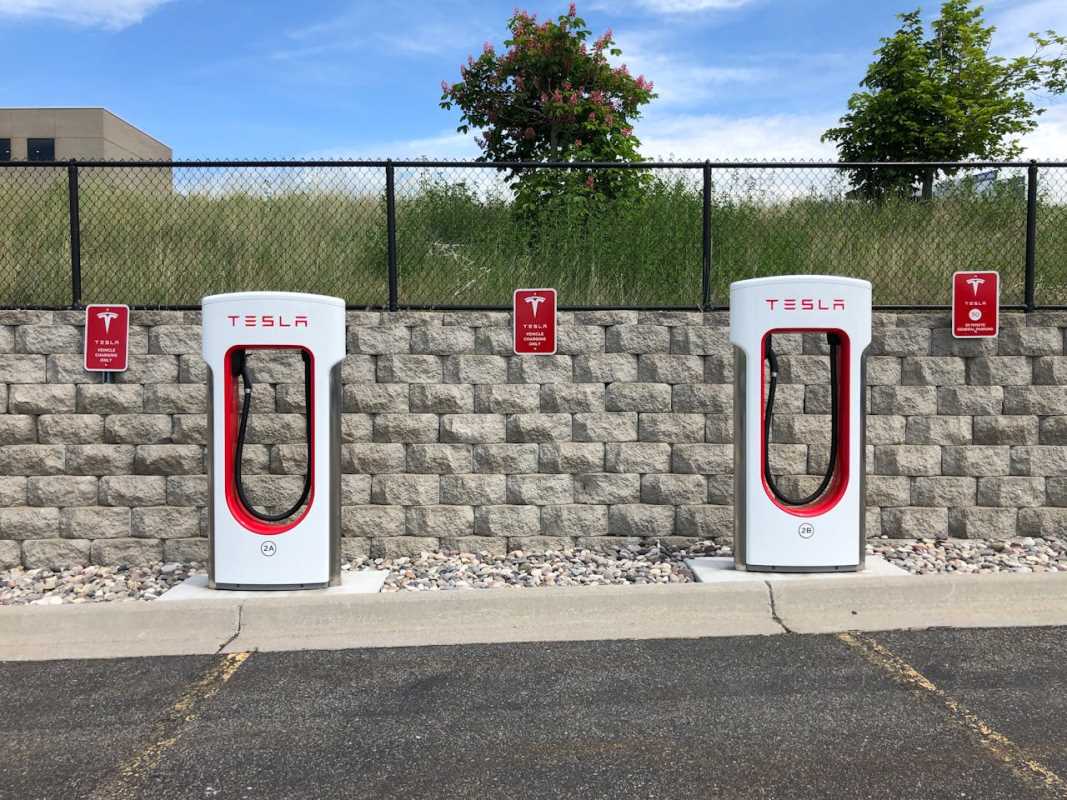The term "full coverage" is one of the most common phrases in auto insurance, often used to mean "the best protection you can get." Many drivers believe that having it is the ultimate goal, providing complete peace of mind no matter what happens on the road. But what if the best deal for your wallet and your car isn’t full coverage? This idea might seem surprising, but it’s true that this level of protection isn't a one-size-fits-all solution. We’re here to help you feel empowered by understanding your choices. Let’s explore what full coverage really means, when it’s essential, and when you might be better off with a different approach.
Decoding "Full Coverage" Auto Insurance
One of the most important things to know is that "full coverage" is not an official type of policy. It's a common industry term used to describe a combination of coverages that offer broad protection for both you and your vehicle. There isn't a button you can press to add it; instead, it's a package you build.
A typical full coverage policy includes three main parts:
- Liability Coverage: This is the foundation of almost every auto policy and is required by law in most states. It covers costs for injuries and property damage you cause to others in an accident. It includes Bodily Injury Liability and Property Damage Liability. This coverage protects your assets by paying for the other party's expenses.
- Collision Coverage: This pays to repair or replace your own vehicle after it's damaged in a collision with another car or an object, like a fence or a telephone pole. It applies regardless of who is at fault in the accident.
- Comprehensive Coverage: This covers damage to your car from events other than a collision. Think of it as protection from the unexpected, like theft, vandalism, fire, hail, or hitting an animal.
Together, these three components create a robust safety net. Liability protects you from lawsuits, while collision and comprehensive protect the value of your car. However, this level of protection comes at a cost, and it's not always a smart financial move for every driver or every vehicle.
When Full Coverage Is a Non-Negotiable
For many drivers, carrying full coverage is a requirement, not a choice. This is almost always the case if you are financing or leasing your vehicle.
Your lender or leasing company has a significant financial stake in your car. They need to ensure their investment is protected until the loan is paid off or the lease term ends. Should your car be stolen or totaled in an accident, they want to be sure the funds are there to cover the outstanding balance.
Because of this, loan and lease agreements legally require you to maintain both collision and comprehensive coverage for the life of the agreement. Dropping this coverage would be a breach of your contract. Your lender would likely purchase an expensive force-placed policy and add the cost to your monthly payments, leaving you with a bigger bill and less protection. So, as long as you have a car loan or lease, consider full coverage an essential part of your budget.
The Key Question: Is It Worth the Cost for You?
If you own your car outright—meaning you have the title and no outstanding loans—the decision to carry full coverage becomes yours. This is where you can take control and make a choice that best fits your financial situation. To figure this out, you need to weigh the cost of the coverage against the value of your vehicle.
The core purpose of collision and comprehensive coverage is to protect your car's value. If your car is older and has a low market value, you could end up paying more in premiums than the car is actually worth.
Here’s a practical way to think about it, known as the "10% rule":
- Step 1: Determine Your Car's Actual Cash Value (ACV). This isn't what you paid for it; it's what it's worth today. You can get a good estimate from resources like Kelley Blue Book or Edmunds. Be honest about its condition. Let's say your car's ACV is $4,000.
- Step 2: Find Out the Annual Cost of Full Coverage. Look at your insurance statement or get a quote to see how much you are paying for collision and comprehensive coverage per year. For this example, let's assume it costs $800 annually.
- Step 3: Apply the 10% Rule. Multiply your car's value by 10%. In our example, $4,000 x 10% = $400.
- Step 4: Compare the Costs. The annual cost of your coverage ($800) is much higher than 10% of your car's value ($400). In this scenario, it may no longer be financially sensible to keep paying for full coverage.
You're essentially paying $800 a year to protect a $4,000 asset. Over five years, you would have paid $4,000 in premiums—the entire value of the car—just for the physical damage portion of your policy.
The Role of Your Deductible
Another piece of the puzzle is your deductible. This is the amount you have to pay out of pocket on a collision or comprehensive claim before your insurance company pays the rest.
Let's go back to our example. Your car is worth $4,000, and you have a $1,000 deductible. If your car is totaled in an accident, the most your insurance company will pay you is $3,000 ($4,000 ACV - $1,000 deductible). Now, the cost-benefit analysis looks even more tilted. Is paying $800 per year worth it for a maximum potential payout of only $3,000? For many people, the answer would be no.
The money saved by dropping collision and comprehensive could be put into an emergency fund. This fund could then be used for repairs or as a down payment on a new car if something happens to your current one.
Alternatives to Full Coverage
Deciding against full coverage doesn't mean you should drive without any protection. You must always maintain your state's minimum required liability insurance. It is illegal to drive without it and leaves you exposed to devastating financial risk if you cause an accident.
For a driver with an older, paid-off car, a smart insurance strategy might look like this:
- Keep Liability Coverage: Continue to carry bodily injury and property damage liability to protect yourself financially if you're at fault in an accident. In fact, it's often wise to carry limits higher than the state minimum to better protect your assets.
- Consider Dropping Collision and Comprehensive: If your car's value is low, this is where you can find significant savings.
- Build a Car Emergency Fund: Take the money you save on premiums (in our example, $800 per year) and put it into a dedicated savings account. This gives you a financial cushion for repairs or to help you purchase your next vehicle, all while keeping you in control of your money.
 (Image via
(Image via





